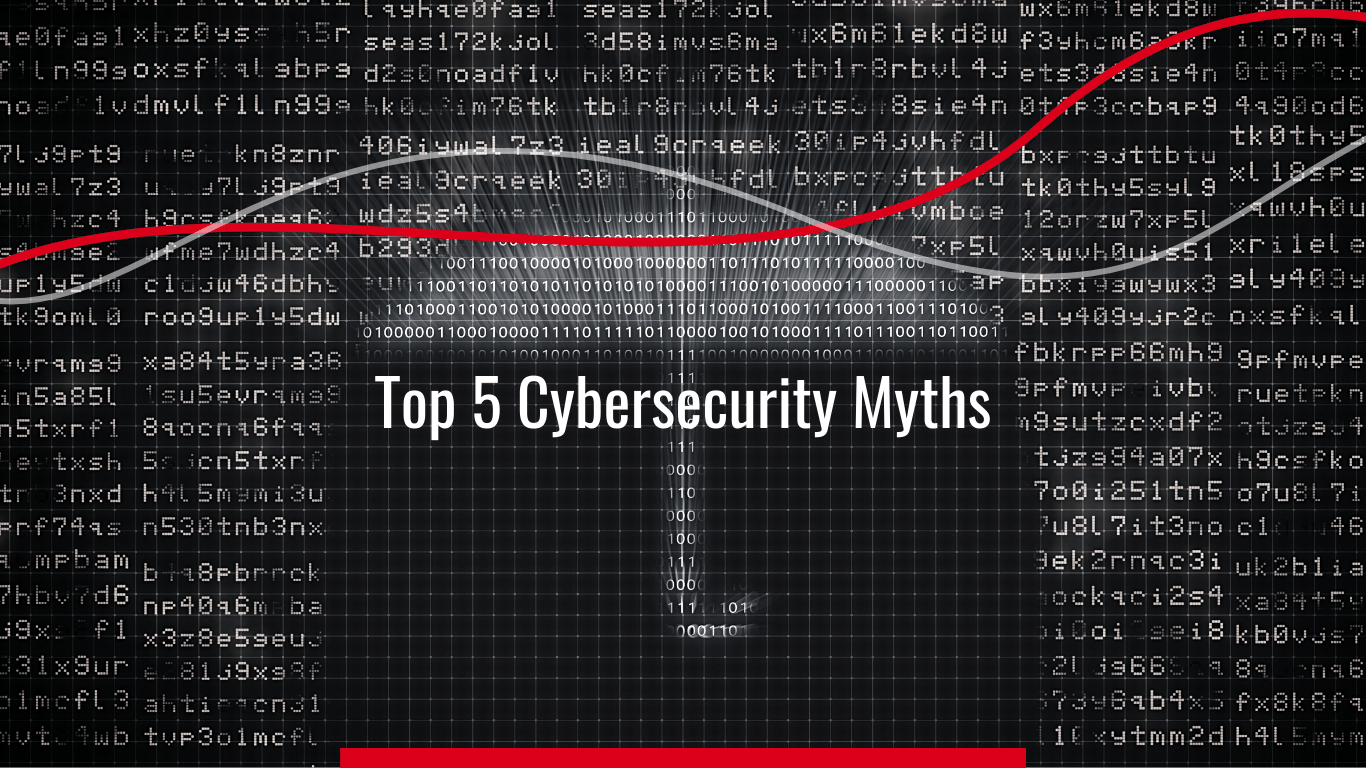Cybersecurity Resources for C-level Executives
Categorical resources for C-level executives to keep themselves up- to-date in terms of cybersecurity:

In the modern digital world, cyber security emerged as the business imperative. Despite the growing emphasis on securing the business, there are some myths and misconceptions about cyber security that companies prevent from building a robust cyber security posture.
The C-level executive has entrusted responsibility in the organization of spearheading innovation, company direction, and progress. Cybercriminals have believed that senior executives are the weak link in enterprise networks to fall prey to frauds and phishing scams. This article aims to debunk cyber myths for C-level readers and provoke the urgency and worry that they should act.
There are certain myths about cyber security that C-level executives believe, which prevents them from safeguarding the enterprise effectively. Regardless of the cause of misconception regarding cyber security, it has some severe consequences for the companies. The myth that attacks cannot be prevented is built upon the objective reality and is more dangerous than ever.
It is a widespread problem in the business world that handling security is only the problem of the IT department. Senior executives believe that appointing a C-level executive to oversee the problem will take care of it and make it go. If you need any proof, consider many companies with chief analytics, brand, Aim customer, experience, and knowledge. Companies believe that the enterprise's security is only the IT responsibility, so they must secure the company connection, and the other one is free from worry.
Most organizations or CEOs believe that criminals do not target small businesses, but it is the wrong concept. According to Cisco’s 2020 CISO Benchmark Study, 43% of small and mid-size organizations experienced 0-4 hours of downtime.
Many small businesses do not keep up with cyber security best practices, making them easy to target. Secondly, cybercriminals look different from what you imagine. In many cases, cybercriminals do not target only at one time, but they use botnets to search the web for vulnerable sites.
External threats are the priority of the data criminal against data security, a potentially perilous and insidious threat always the ever-present and attack from within. From the differences, learning should be necessary among the internal and external attacks, which help the companies to safeguard the databases against the attack from all sides.
There is a myth that only external attacks affect the organization, but the truth is that many external attacks have internal components that help to facilitate more accessible access to own illicit operations. Internal attacks also affect the system include phishing attacks, hijacking, ransomware originating within the organization itself and carried out by the current and former employee, associate, and contractor.
Anti-virus and anti-malware software are enough to keep the system safe and effective against most threats, but some threats need to be considered. The AV-test institute detects new malware variants daily, which reach 77.7 & new threats and remaining are malware. With this percentage of unknown malware variants, it is unrealistic for anti-virus and anti-malware to protect these devices from all of them.
Conducting annual penetration testing is not enough to make the organization safe. The test will indeed find the vulnerabilities, but a single test is not enough. It should be necessary for C-level executives to be vigilant about continuously validating the defenses to guarantee the exposed weakness will be fixed immediately. According to the research, penetration testing is essential for organizations, but it is not a panacea.

Cyber security misconceptions and myths debunked – what is the reality?
Myths |
Reality |
|
Cyber security is IT responsibility |
It is every business leader’s responsibility to keep the organization safe |
|
Cyber Criminals do not target small and medium-sized enterprises |
Small businesses do not have advanced security solutions, which makes them a softer target for adversaries. |
|
The myth that threats only come from external factors |
Internal threats are equally dangerous and need equal attention as external attacks require |
|
Anti-virus and anti-malware software are enough to keep businesses safe |
Through the software, not all types of cyber-attacks can be detected or prevented by anti-virus software |
|
Penetration testing once or twice a year will be fully satisfactory |
Companies must integrate systems that can detect vulnerabilities and threats, preferably continuously and on a daily basis. |
In the current era, the senior executive must evaluate a solid foundation of security realities that ensure the organization is prepared to always detect and defend cyber threats.
Learn why Humanize Salience is the best solution for C-levels.